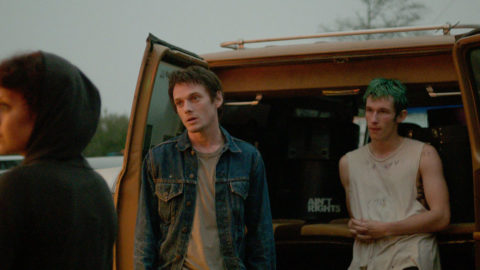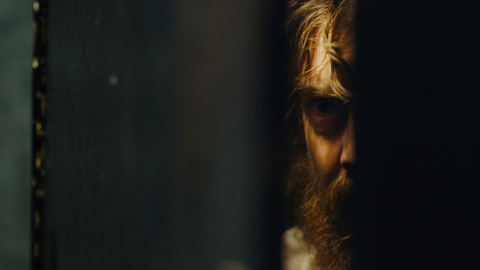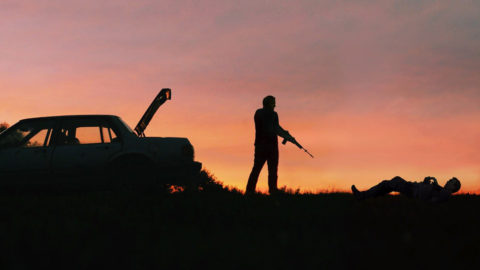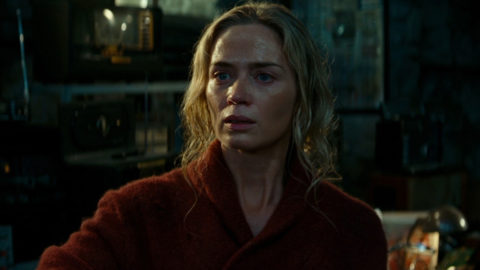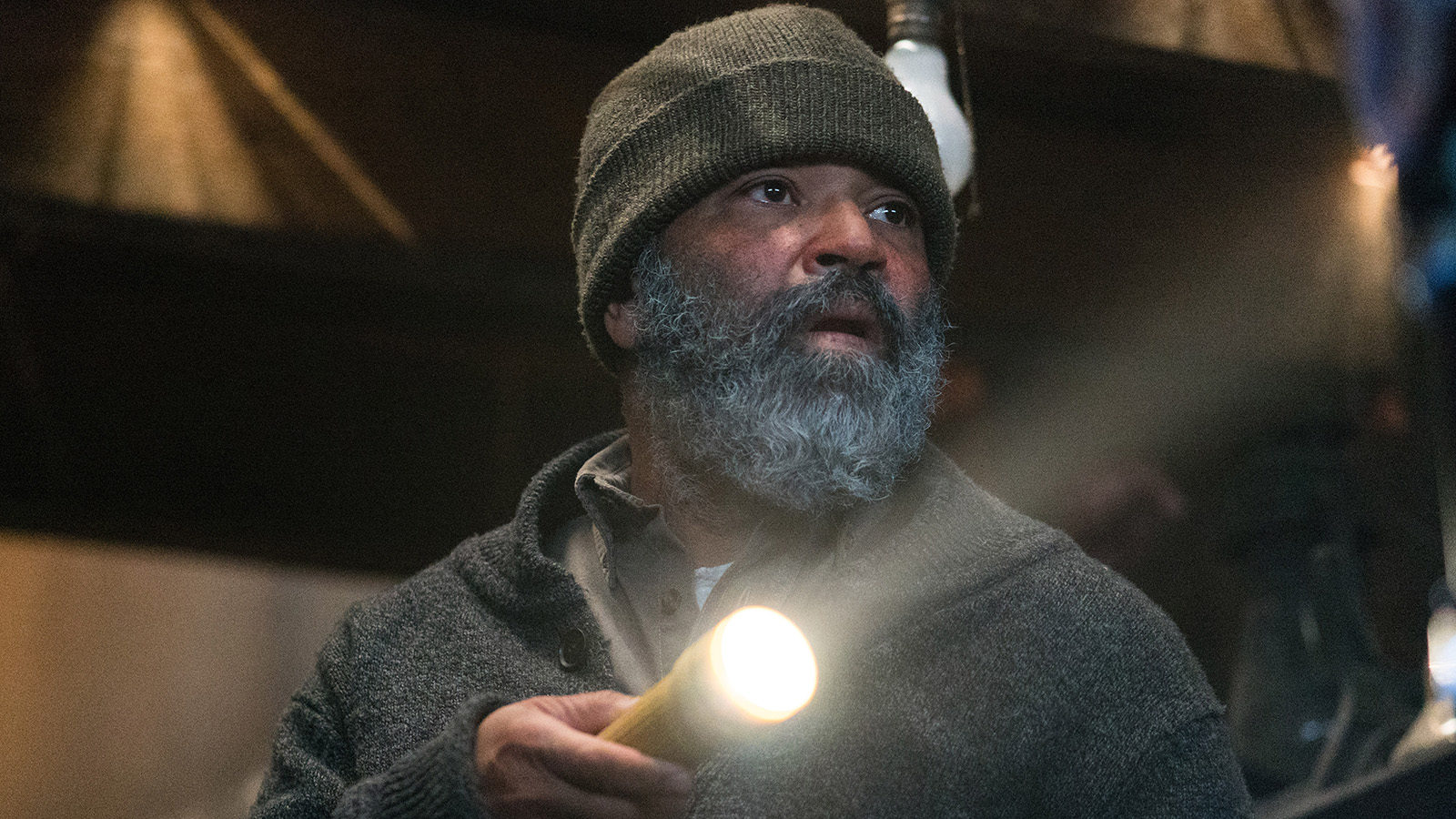
Scare Tactics: Cruel to Be Kind
Like the original master of suspense (and sadism), Alfred Hitchcock, Jeremy Saulnier delights in toying with the everyman, consistently placing his characters in precarious positions well outside their safety zones. His debut feature, Murder Party (2007), trails a dorky loner, Christopher, to a Halloween get-together he randomly finds an invite to, unaware that he will end up the prey of attention- and blood-hungry Williamsburg hipster artists who plan to slaughter someone in the name of their vocation. In his sensational follow-up, Blue Ruin (2013), Dwight, an unkempt, peaceful recluse, feels it’s his honorable duty to seek vengeance when he hears the news that the man who was imprisoned for killing his parents 20 years earlier is being released. And Green Room (2015) sees an unseasoned punk bank, The Ain’t Rights, stumble right into the aftermath of a fatal stabbing following a gig and become the targets of the skinheads responsible—and their leader, the sadistic owner of the venue.
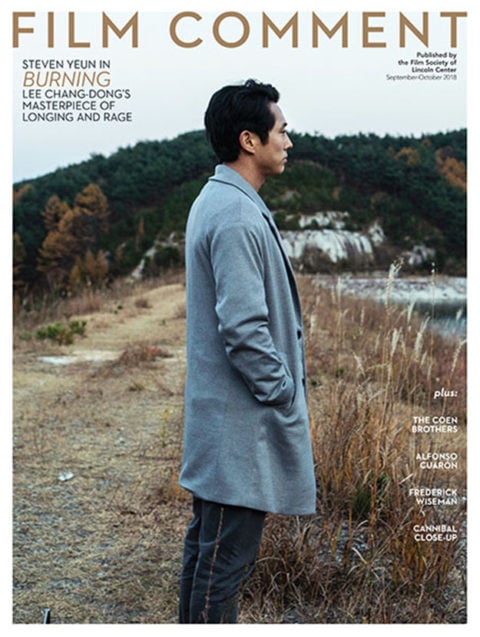
But Saulnier’s latest and most somber film, Hold the Dark, might contain his greatest innocent-in-peril yet. The screen version of William Giraldi’s 2014 novel—the director’s first adaptation, which could explain the absence of his signature dark comic edge—stars a wearied, unusually understated Jeffrey Wright as Russell Core, a nature writer with an expertise in wolf behavior who receives a letter from a woman claiming to have lost her young son to a pack of them. It’s not a one-off case, apparently, and she pleads for his help in tracking down and killing the animals. He shows up at her door in remote Alaska, as unprepared for the extreme cold and shortened daylight hours as he is for what he’s about to become entangled in. Like other Saulnier creations of overriding gentle disposition—Christopher, who is ruled by his chair-hogging cat named Sir Lancelot; the members of The Ain’t Rights, who allow the road to guide their way; and the downtrodden Dwight, who just wanted to quietly exist as a homeless beach bum—Russell finds out in the hardest possible way that he is a fighter and perhaps even a survivor. And survival is a somewhat rare commodity in Saulnier’s films considering the high body counts found within them.
The family whose home Russell has entered is profoundly distressed, as is the entire small population of their snowbound village, it seems, but he sticks around even after being warned of evil by neighbors. The woman who summoned him, Medora Sloane (Riley Keough, morosely speaking in whispers throughout), appears fragile and shell-shocked by grief; she’s desperate for a warm embrace, yet bitter that her husband whom she’s known as long as she can remember has abandoned their family for war.
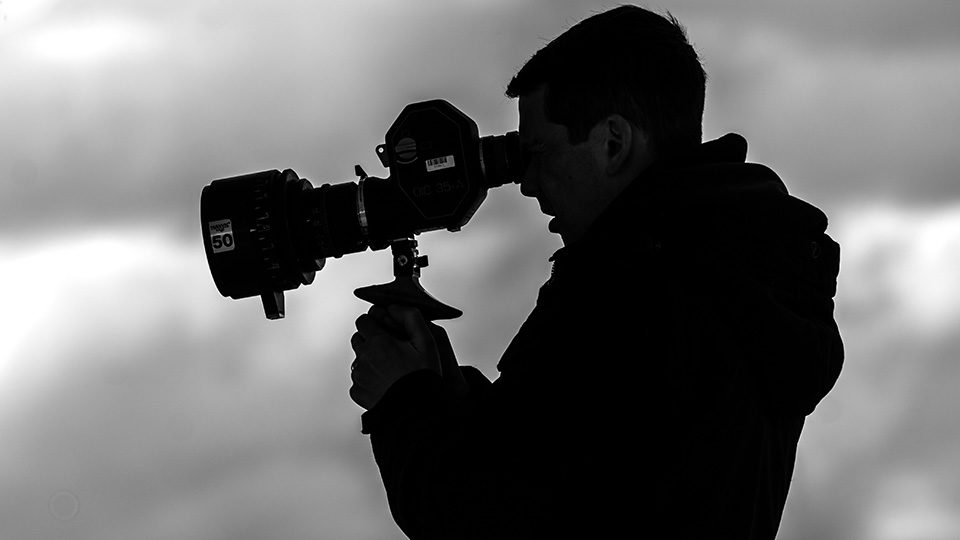
Jeremy Saulnier. Photo: David Bukach/Netflix
When we meet the absent man, Vernon (Alexander Skarsgård), he is mid-battle in Fallujah, displaying zero emotion when obliterating the enemy from the inside of a tank. But we next witness him coming across a woman being raped by a soldier and without hesitation stabbing him multiple times, then handing the distraught victim the bloody knife, indicating that, despite his savage approach, he may have not only a pulse but a moral streak as well. Cipher that he is—his steely cold eyes offering nothing—it’ll take audiences some time to determine his character. Initially it seems that PTSD is a safe diagnosis, but that’s before we’re subject to the subtly revealing reactions of the people asked if they know him, as well as conversations with his son via flashback, in which he tells the puzzled boy that it’s okay to kill “to protect what you love and need.” And Medora may be as unpredictable as her husband: it’s at first unclear whether she’s frozen with grief or suffering from more severe mental issues. When she disappears and the details of her story become less hazy, and a wounded Vernon is sent home, embarking on a mad search to find her, all hell breaks loose.
The ensuing violence, as in all of Saulnier’s films, plays as excruciatingly real, graphic yet never exploitative. His form of brutality is weighted with a higher, emotional purpose. Even the scene in Hold the Dark that qualifies as his most elaborate and unsettling episode of carnage yet—an eight-minute machine-gun ambush on cops by Vernon’s ruthless friend Cheeon (Julian Black Antelope), another local said to have lost his child to the wolves—is steeped in anguish. It’s also so jarringly intense that, if viewers were actually able to peel their eyes away, they’d want to run for cover themselves. Russell, forever the innocent bystander, is caught in the crossfire and somehow lives through the devastating shootout, which is expertly shut down by a mild-mannered yet no-nonsense police detective, Donald (a fantastic James Badge Dale). Perhaps it’s Russell’s status as a father (though a rather absentee one himself) and his plan to visit his daughter who’s based in Alaska—or Anchorage, rather, for as Medora claims, “that city is not Alaska”—that fuels his almost mythic perseverance.
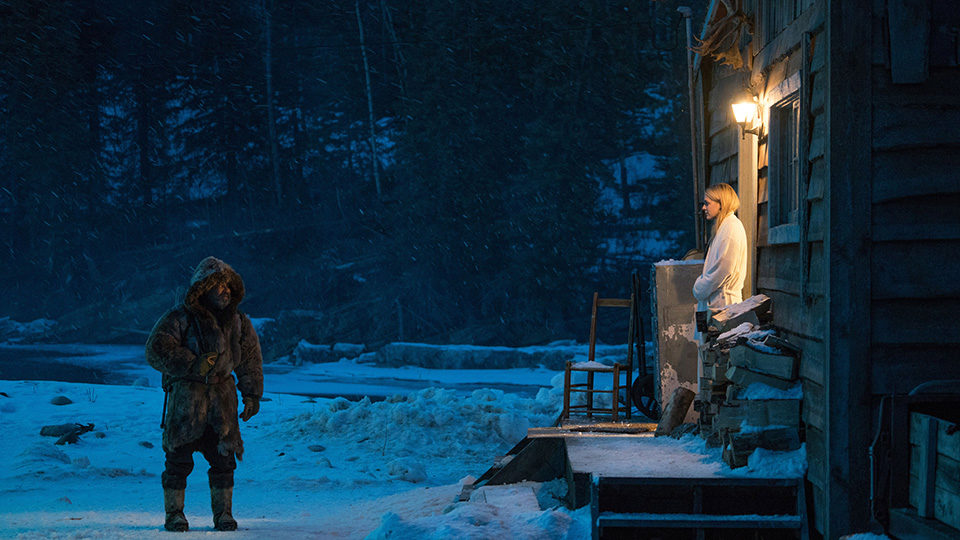
Hold the Dark
Although the locations of Saulnier’s films vary widely—Brooklyn, rural Virginia, and the Pacific Northwest before the Last Frontier—they all feel equally menacing. Even with beautifully sweeping snowy vistas in Hold the Dark, the action feels enclosed, and the texture gritty—or, perhaps more accurately, grimy—yet each of his stories is buoyed by a small sliver of humanity. The striking visuals that illustrate his work are unsurprising considering that Saulnier is also an accomplished cinematographer, shooting the likes of acclaimed indies Putty Hill, Septien, and I Used to Be Darker, as well as his first two films. And his writing is just as sharp. While Hold the Dark is the only one of the titles he’s directed that he didn’t script as well, those duties were left in the capable hands of Macon Blair, his friend and filmmaking accomplice since childhood, with whom he started his early production company Lab of Madness. The two have collaborated on each of Saulnier’s projects in various roles, with Blair appearing in key supporting parts, except for Blue Ruin, in which he perfectly plays the vigilante lead. (Their close-knit group of collaborators also includes Macon’s younger brothers Brooke and Will, who have composed the scores for all of Saulnier’s films, and the one for Hold the Dark may be their moodiest, most memorable one yet.)
Deep into a situation with no apparent return, Blair as Dwight in Blue Ruin says, “I don’t know how this ends, but I’d like it to,” which could be a sentiment of all Saulnier’s tortured innocents—flawed beings who freefall into unbreakable cycles of violence, with the details surrounding their descent increasingly more fascinating. Lacking initiative and hiding behind a variety of disguises—Christopher’s knight costume, endearingly assembled from cardboard and duct tape; Dwight’s bushy shroud of a beard; the punk band’s partying haze; Russell’s curiously calm veneer—these characters are forced into finding a purpose, however temporary. All their futures may be uncertain, but Saulnier’s position at the top of the heap of distinctive voices in genre film is officially secure.
Closer Look: Hold the Dark opens in theaters and premieres on Netflix September 28.
Laura Kern is Film Comment’s managing editor.



